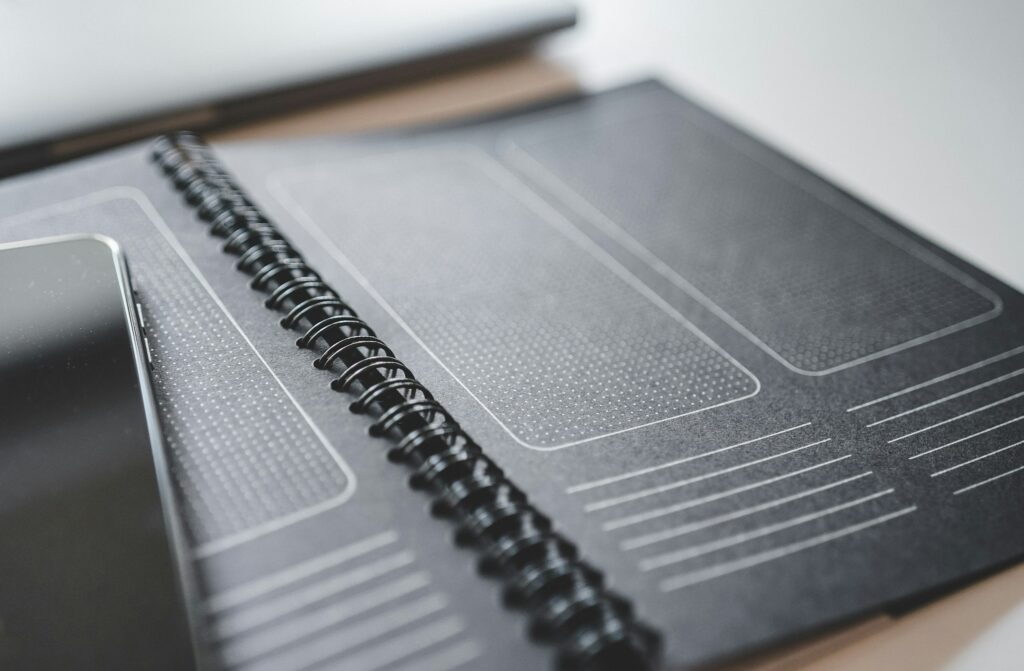Content design is a comprehensive approach to crafting a digital product’s content strategy. It weaves together text, images, videos, maps, graphs, and other visual elements to create a seamless communication bridge with users. The core objective? Delivering the right content at the right time. Imagine a well-designed error message that not only identifies an issue but also provides clear instructions with a helpful illustration for resolving it. That’s the power of user-centered content design. While a subset of user experience (UX), content designers often collaborate with various teams, like sales and customer service, to craft emails, write scripts, and ensure a cohesive content strategy across all touchpoints.
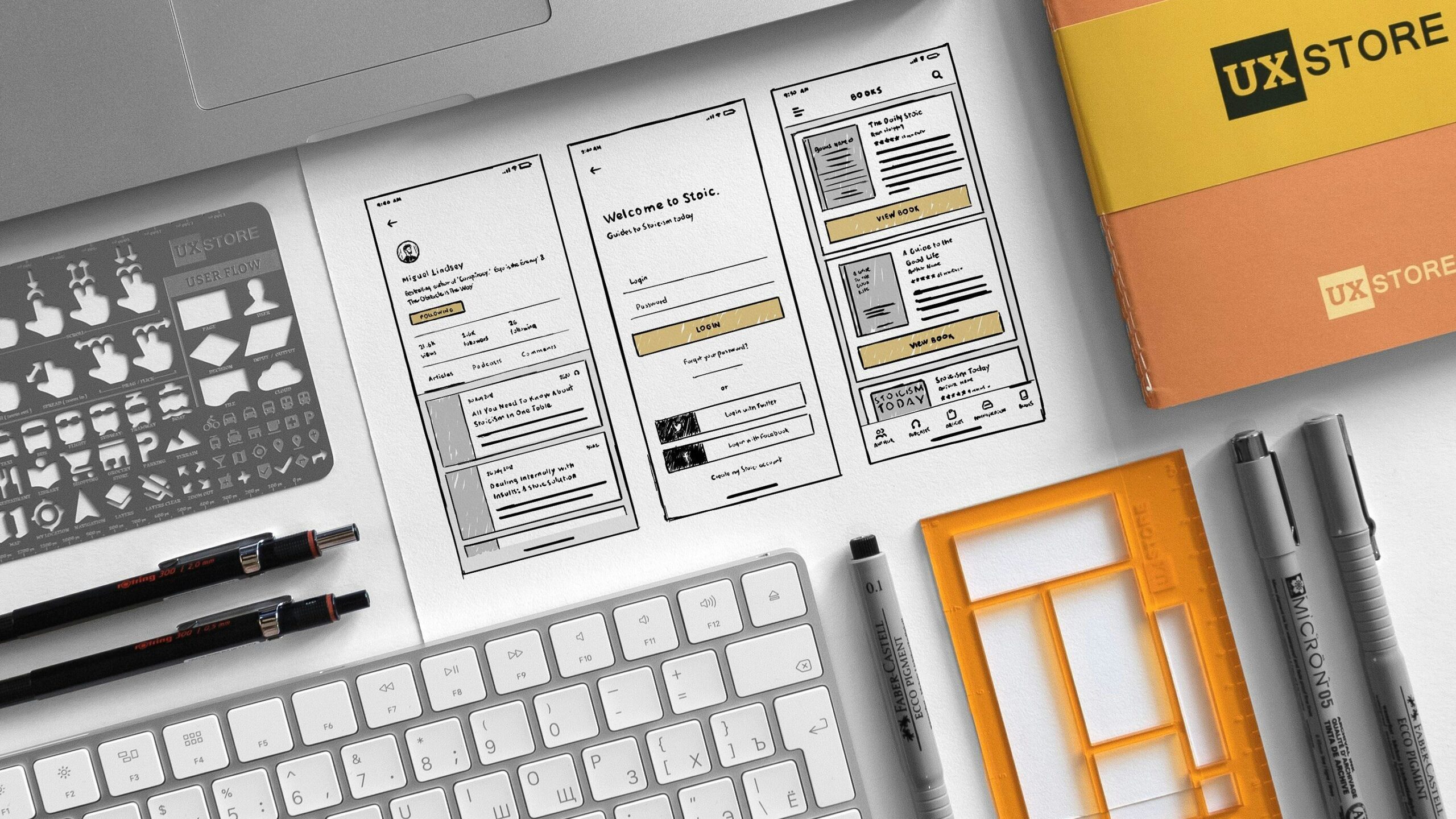
The Evolution of Content Design
The concept of content design is relatively new, coined by Sarah Richards (now Sarah Winters) during her tenure at the UK’s Government Digital Service (GDS). Initially, UX writers or copywriters handled writing and editing content. However, the field evolved, demanding a more holistic approach similar to UX design. Thus, the term “content designer” emerged to reflect this broader scope.
It’s not just about words anymore. Content design involves strategically integrating images, videos, and graphics to enhance user communication. Imagine a text-heavy onboarding process compared to one with clear instructions, interspersed with screenshots or short tutorial videos. Content design goes beyond writing; it involves understanding content hierarchy, placement, and the best medium (text, image, video) to effectively address user needs. Data and user research are crucial for content designers. They analyze this data to determine what content is necessary for a product and how it should be presented. Collaboration is key – they work with UX writers, graphic designers, and other content creators to produce these assets, ensuring a cohesive and user-centered experience.
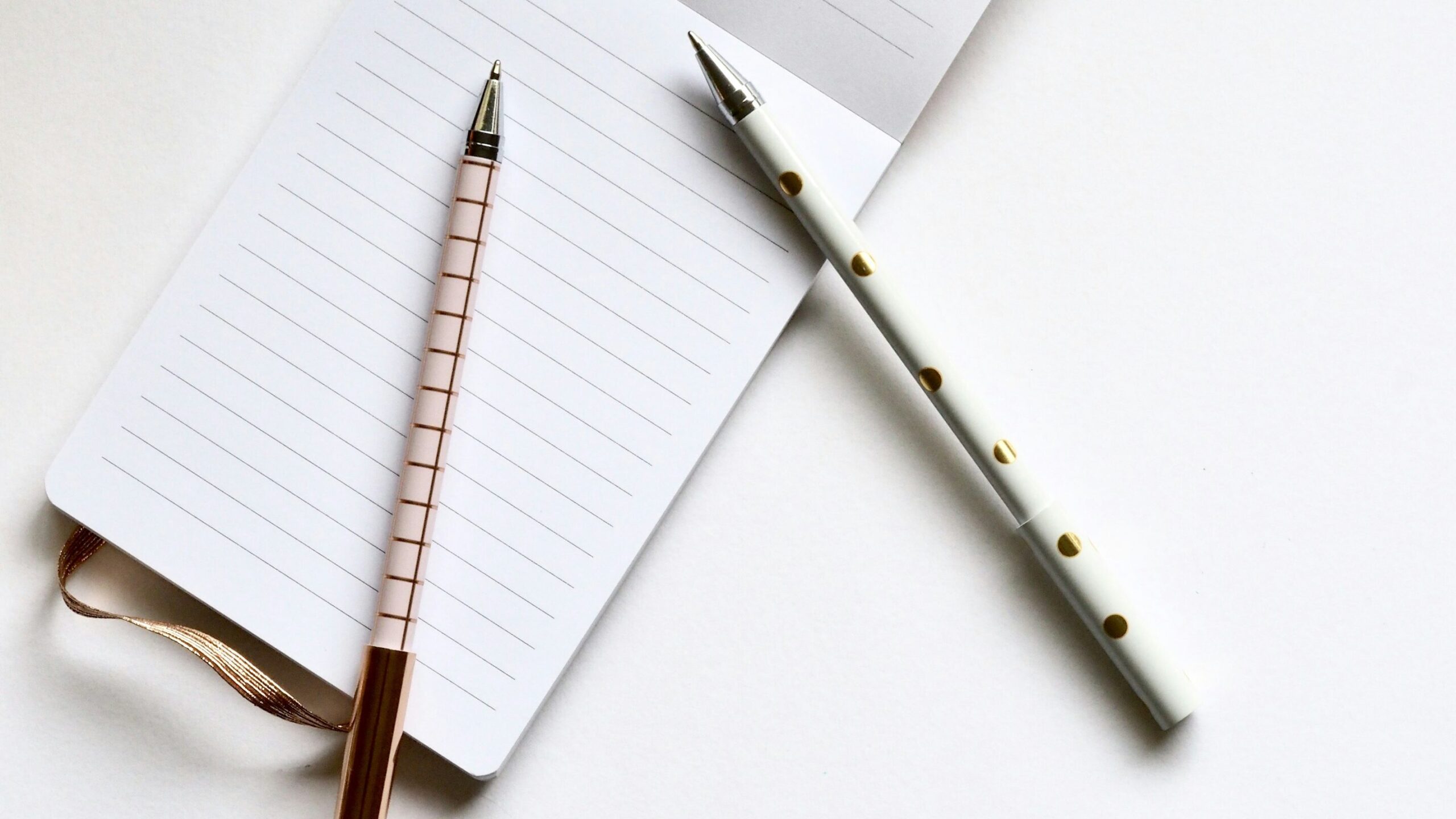
Content Design vs. UX Writing
Although the terms “content designer” and “UX writer” are often thrown around together, these roles are slowly becoming more distinct specializations within the world of UX. On one hand, UX writers primarily focus on the written words within a digital product. Their job is to ensure the text is clear, concise, and easy for users to understand. For instance, imagine website navigation labels that are well-written and crystal clear.
On the other hand, content designers take a much broader approach. They consider not only the text, but also images, videos, and other types of content. Their focus is on how all these elements work together seamlessly. This includes aspects like content hierarchy, structure, messaging, voice, and tone. Ultimately, their goal is to ensure consistency across the entire user experience. A great example is a website with clear navigation labels accompanied by well-placed icons that visually reinforce the purpose and hierarchy of each section. This is the magic that happens when UX writing and content design work together in harmony.

What Does a Content Designer Do? Beyond Problem-Solving
Content designers are key players in the design process. They collaborate closely with other UX professionals to gain a deep understanding of user needs. This understanding empowers them to create informative and engaging content. Their responsibilities go beyond simply solving problems. They also collaborate with marketing teams to develop user-centered content across various touchpoints. This includes landing pages, sales funnels, email sequences, and more.
The Foundation of User-Centered Content
Research forms the bedrock of a content designer’s decision-making process. They employ various methods to understand users’ needs, motivations, and behaviors. This empowers them to create content that resonates with users and addresses their pain points. Here are some key research methods:
- User Interviews: Direct interactions with users to gather insights about their needs and preferences.
- Desk Research: Analyzing industry reports, case studies, and survey data.
- Competitive Analysis: Understanding how competitors use content.
- UX Benchmarking: Comparing industry, competitor, and product benchmarks for content strategy.
- Product Tracking & Analytics: Using tools to monitor customer behavior and identify bottlenecks.
- User Feedback: Collecting feedback from customer service tickets or user reviews to identify areas where content may be unclear or unhelpful.
Content designers use this research to determine what content users value most and prioritize it accordingly. They create various UX artifacts to guide the design process, including personas, user journey maps, storyboards, and user flows.
Brainstorming Solutions with Impact
In the ideation phase, content designers don their brainstorming caps and huddle with UX professionals and other team members. Their mission? Develop solutions that perfectly address user needs. They consider where users will encounter the content – think mobile app, website, or social media – and choose the most effective medium to deliver the message. Imagine brainstorming content for a mobile app onboarding process.
Here, content designers would explore different language styles, voice, and tone, all while keeping brand consistency in mind. The ultimate goal? Clear and impactful messaging that resonates with users. They might even consider including short animated clips to bring key features to life and boost understanding. Since feedback is critical at this stage, content designers often seek input from legal, financial, marketing, and customer service teams to polish their ideas and ensure a well-rounded approach.
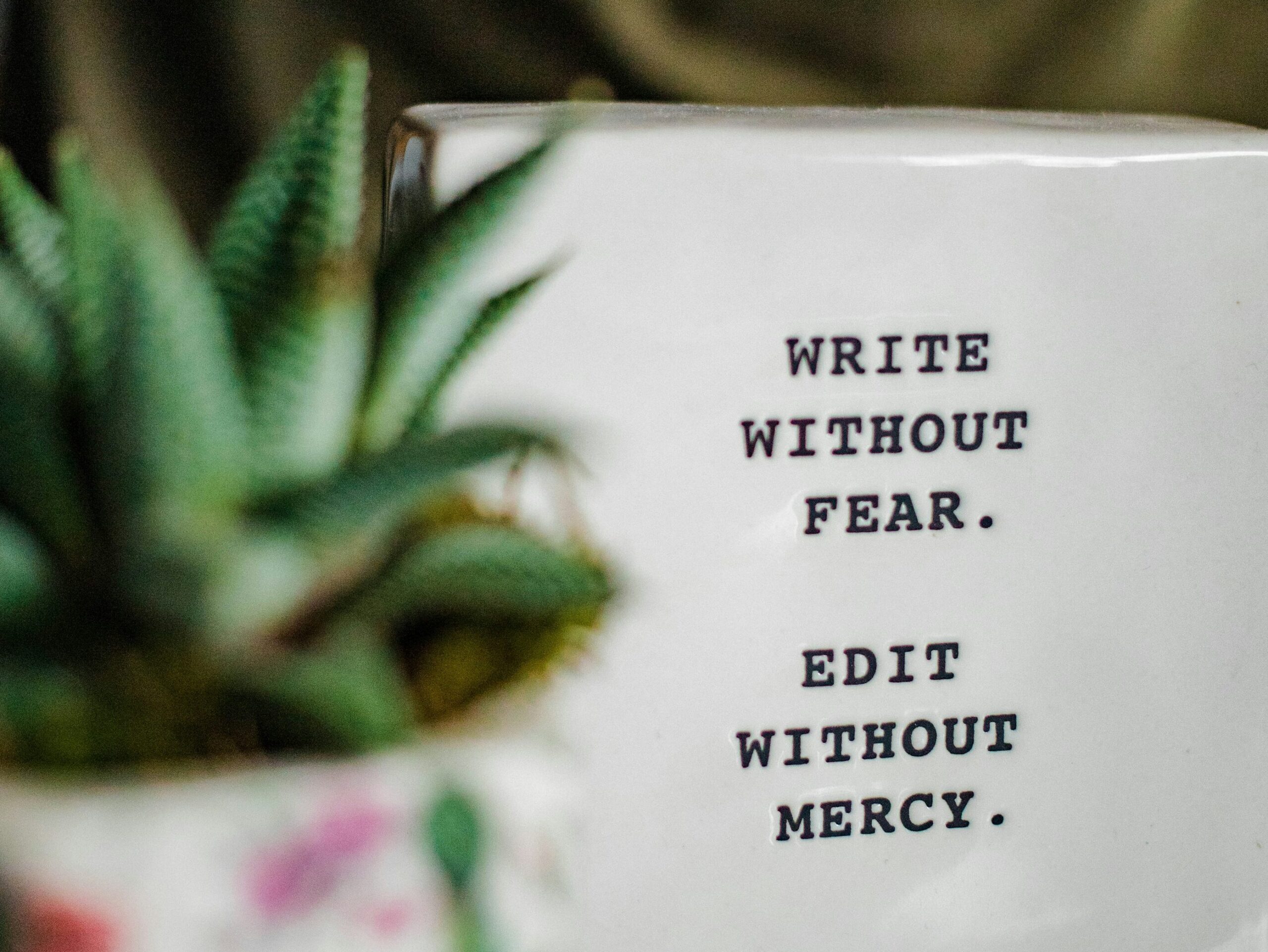
Prototyping and Testing
Content designers use various tools and methods to prototype and test their ideas. For example, Nick Cowan from GOV.UK used the Page Editor Chrome Extension to test text changes on a page. Content designers can also use the “inspect” feature in browsers to create rudimentary prototypes and gather feedback from target audiences and stakeholders. While content designers may not always have the skills to build complex prototypes, they can collaborate with UX designers or engineers to create more detailed and functional prototypes using tools like UXPin. This tool allows for the creation of prototypes that closely replicate the final product, facilitating more accurate testing and feedback. Imagine a high-fidelity prototype of a new website design, complete with interactive content elements. This allows users to test the navigation, information flow, and overall usability before any code is written.
Content Design Best Practices: Guiding Principles
To ensure the effectiveness of their work, content designers adhere to several best practices:
- Avoid Irrelevant Content: Focus on providing only the information users need to complete tasks and make decisions. Irrelevant content can distract and confuse users.
- Design, Don’t Just Fit In: Content designers should be involved early in the design process to ensure that the content is integrated seamlessly, rather than being an afterthought.
- Share and Encourage Feedback: Regular feedback from other designers, product managers, stakeholders, and users is essential for refining content and ensuring it meets user needs.
- Use Simple Messaging: Content should be easy to understand and digest. Avoid jargon, use short sentences, maintain a consistent voice, and use formatting tools like bullet points and bold text to enhance readability.
- Learn to Use Design Tools: Content designers should be comfortable using design tools to create prototypes and mockups. This enables them to demonstrate their ideas visually and ensures they can work more independently.
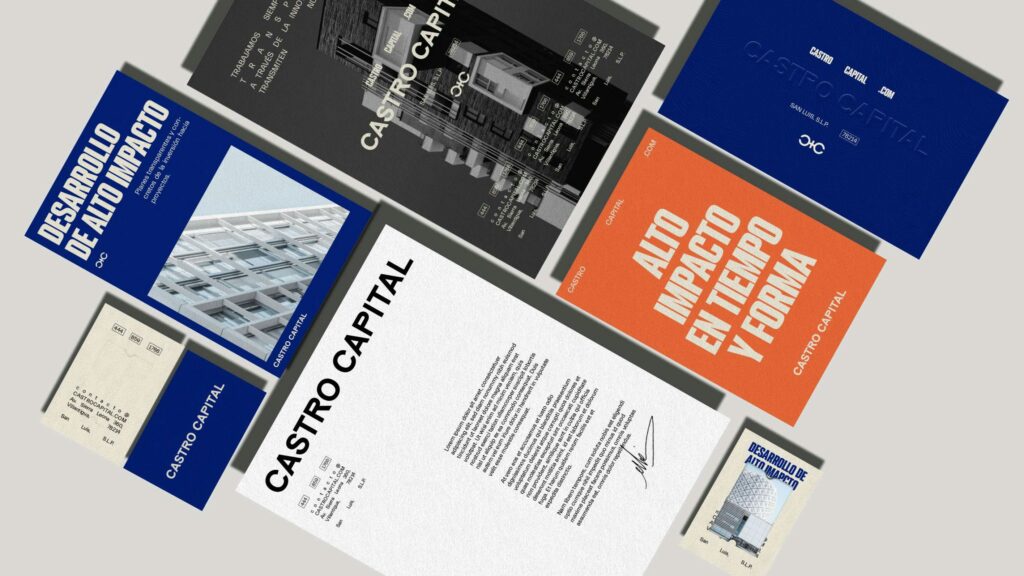
Fueling Your Expertise By Content Design Resources
Content designers can benefit from various resources to enhance their skills and knowledge, including books on UX writing and content design, content design events and conferences, the Content Design Academy for accredited skills development, and content design courses and tools.
The Power of User-Centered Content
Content design has become an integral part of the UX design process, ensuring that digital products deliver high-quality content that meets user needs. By focusing on user-centered content and collaborating with various teams, content designers enhance the overall user experience, drive conversions, and build brand trust. As the field continues to evolve, content designers will play an increasingly important role in creating engaging and effective digital experiences.
Related Posts:
Content Design: The Language of User Experiences
Unveiling the Magic: UI vs. UX Design
Integrating Psychology for Superior User Experience
The Aesthetic-Usability Effect
